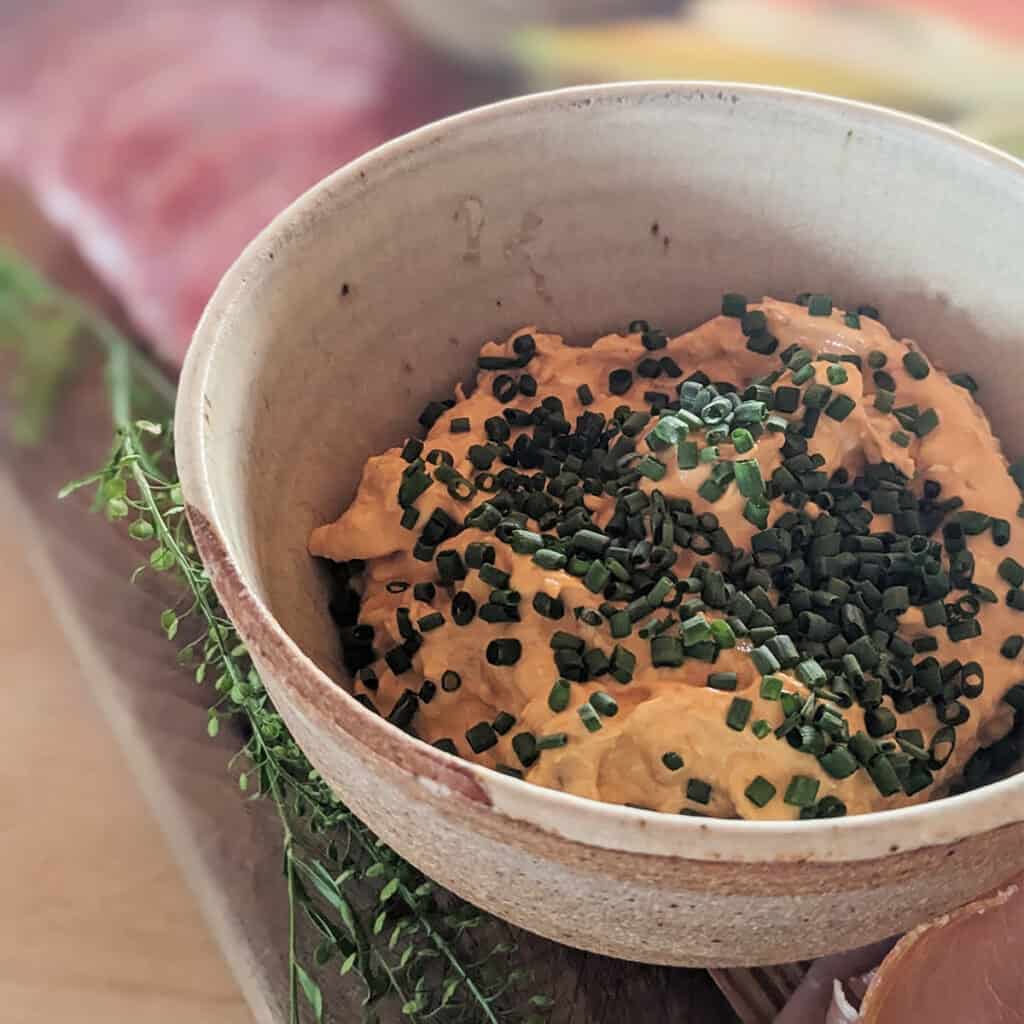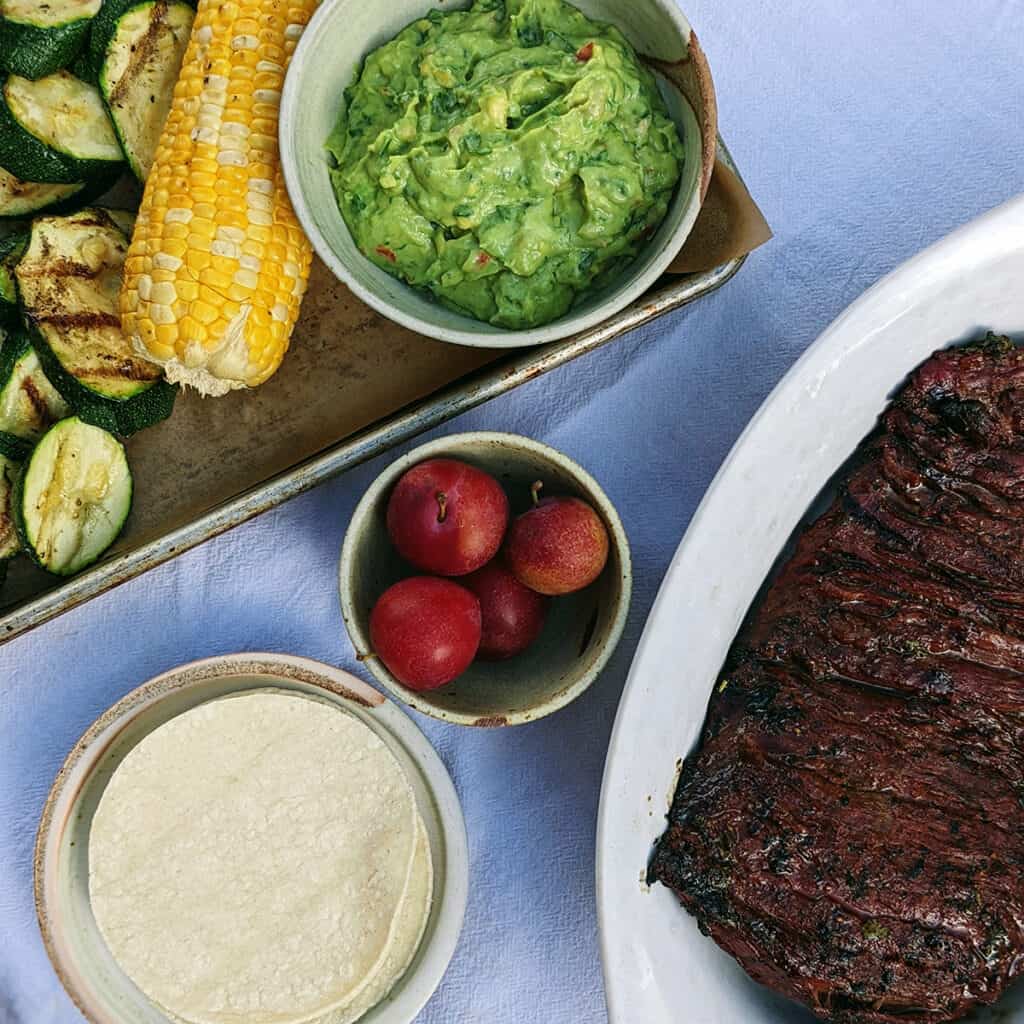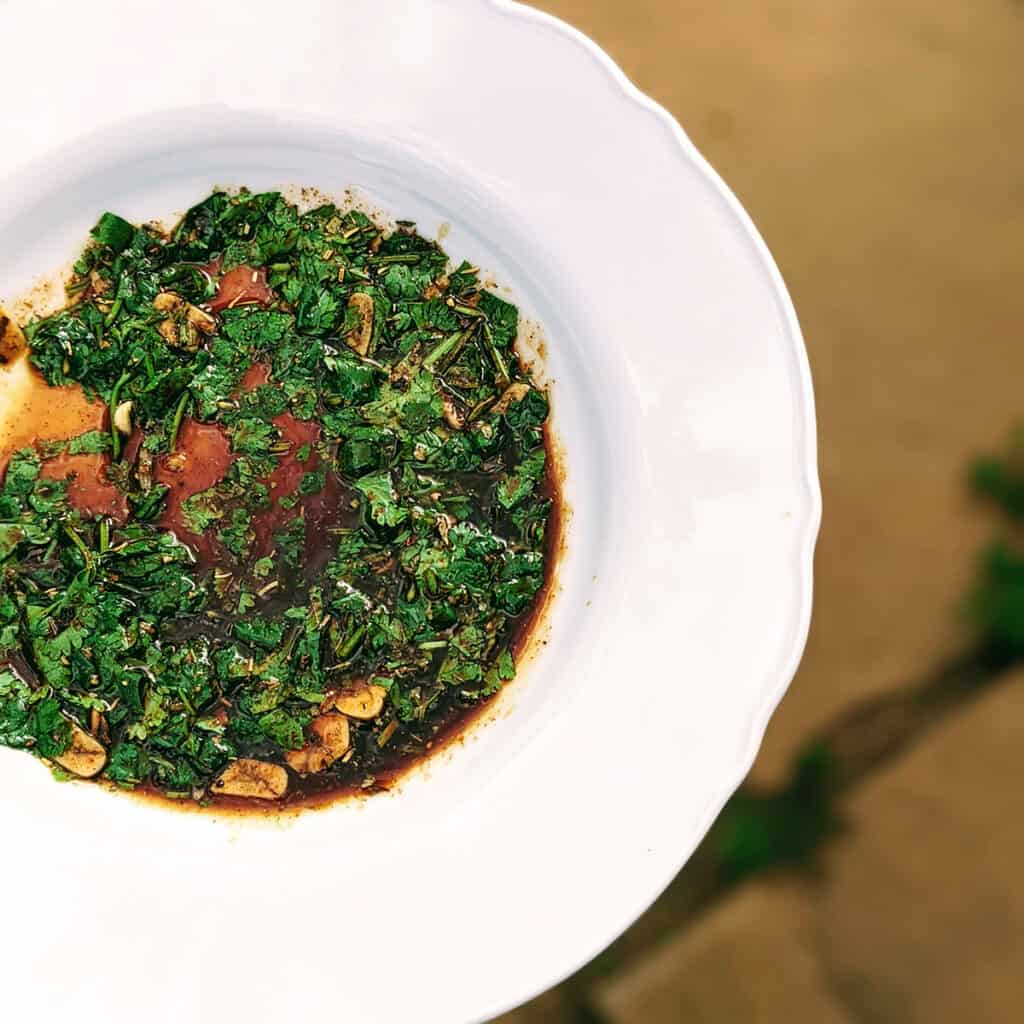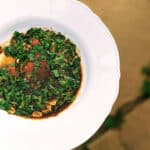I can’t help but think about the person who first stumbled upon a cacao tree and cracked open one of the large pods, revealing bundles of luscious white fruit inside. Past the white silky pulp (baba) of a cacao bean resides the beginnings of the chocolate we know and love today. Similar in some ways to the coffee bean, the potential of cacao is unlocked by fermentation, roasting, winnowing, and grinding. A laborious endeavor is putting it mildly, as there is nothing easy about processing cacao by any standards, which is why there has been much-needed attention given to Slave-free and Fair Trade Chocolate in recent years. And while coffee grows along the “bean belt” 20-30 degrees north and south of the equator, cacao trees thrive in an even more restricted 10-degree zone, on either side of the equator.
It’s long been known that chocolate played an important role in Mayan culture, where the first iterations of “hot chocolate” were born. Aztecs believed that the feathered serpent god Quetzalcoatl gifted cacao to humanity and are known to have roasted and ground cacao beans before adding water, chiles, and cornmeal.
The History of Chocolate
The history of chocolate is exciting on its own, with new pieces of the puzzle being uncovered, even in recent years. In 2018, University of British Columbia archaeologist Michael Blake discovered evidence that cocoa was held in vessels around 5300 years ago in Santa Ana-La Florida, an ancient village in what’s known today as Ecuador. And the mysteries surrounding this “food of the gods” have landed close to home for us here in New Mexico as well. At one time, it was believed that the Spanish brought cacao to the area in the 15th century, but University of New Mexico archeology professor Dr. Patricia Crown and her team of researchers traced evidence of chocolate consumption to 750 A.D. in the area that is now Arizona and 900 A.D. in Chaco Culture National Historical Park in western New Mexico.
These days, hot chocolate and drinking chocolate methods vary widely depending on what part of the world you are in. So here, because we are lucky enough to live in a place where New Mexico chiles abound, I could not resist incorporating them into a decadent drinking chocolate that we reserve in our house for both the coldest and most special days of the year. I wanted to keep this version simple and straightforward with chiles and cinnamon, but dried sage, lavender, rose, and a variety of other herbs and spices would be lovely to experiment with too.

Traditional New Mexican Sipping Chocolate
Indulge in a cup of our Southwestern Sipping Hot Chocolate, inspired by the rich history of this ancient beverage. Chocolate, derived from the cacao bean, holds a storied past, cherished by ancient civilizations like the Mayans and Aztecs who believed it possessed mystical and energizing properties. We pay homage to this tradition by infusing our hot chocolate with a simple combination of chiles and cinnamon with a touch of southwestern flavors.
- Prep Time: 5 mins
- Cook Time: 10 mins
- Total Time: 15 minutes
- Yield: 8 servings
- Category: Dessert
- Method: Simmer
- Cuisine: New Mexican
Ingredients
- 1-2 dried new Mexican chiles, stemmed and seeded, and broken into pieces
- 2 c. milk
- 1 c. heavy cream
- 2 t. vanilla extract or vanilla bean paste
- pinch of salt
- 1 t. ground cinnamon
- 1 c. bittersweet chocolate chopped pieces
- maple syrup or honey to taste, optional
Instructions
In a dry medium-large saucepan over medium heat, stir the chile pieces for around a minute to soften them and activate the oils inside. Now pour in the milk, heavy cream, vanilla, salt, and cinnamon. Bring this mixture to a very low simmer (where you barely see a bubble) and let it steep like this for five minutes. Strain the milk mixture through a fine mesh strainer and add it back to the pot. Add the chocolate to the pot and whisk over low heat until the chocolate is completely melted. Serve immediately.







